Georgia is upping its reputation as the world’s Cradle of Wine, boasting archeological evidence of 8000 years of winemaking. That, plus the fact that the Georgian wine vessel, the ‘Qvevri’, is on UNESCO’s list of cultural heritage, means an increasing number of wine-makers are being encouraged to revive their traditions, bring back almost redundant grape species (of which Georgia boasts some 500) and commercialize their products.
There are traditions to harvesting grapes, and it’s a serious late summer-early autumn business, particularly in Kakheti, Georgia’s top wine-making region, though many young guesthouses and old wine cellars are cashing in on the tourist potential of letting tourists give it a try. There are numerous places in Kakheti which allow you to pick and crush grapes, make chacha (pomace vodka- very strong!!!) or at the very least witness the wine-making process in some form before you to sit back and enjoy a few glasses with your dinner.
And of course, harvest is not all about wine- you’ll see a lot of other products on the shelves and stalls country wide. Here’s a sneak preview.
Things you’ll see during the Georgian harvest season:
QVEVRI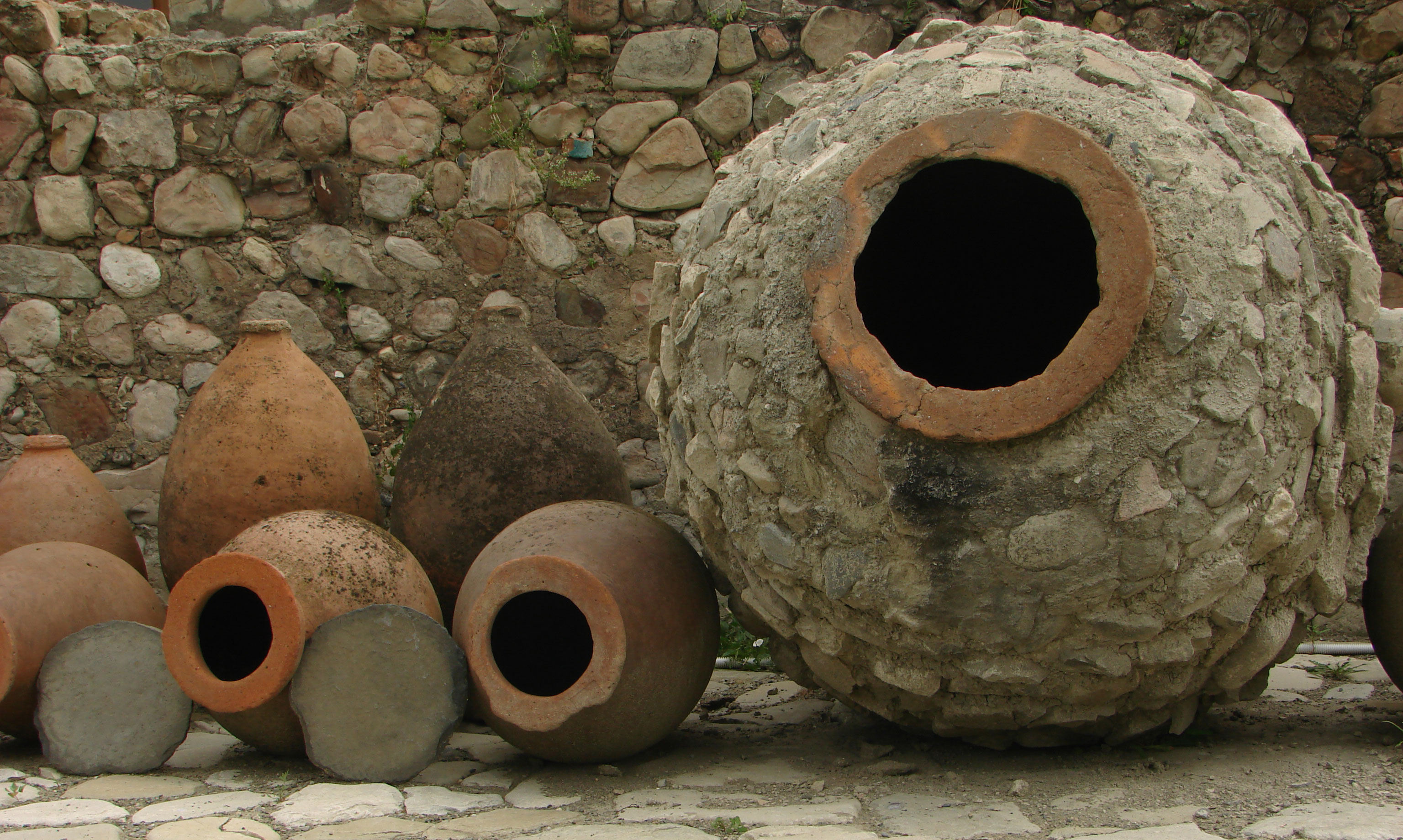
Giant clay amphora buried underground, filled with crushed grapes and sealed shut for months to ferment wine. The earliest evidence of the use of Qvevri in wine-making is 8000 years old.
THE WINE PRESS (satsnakheli)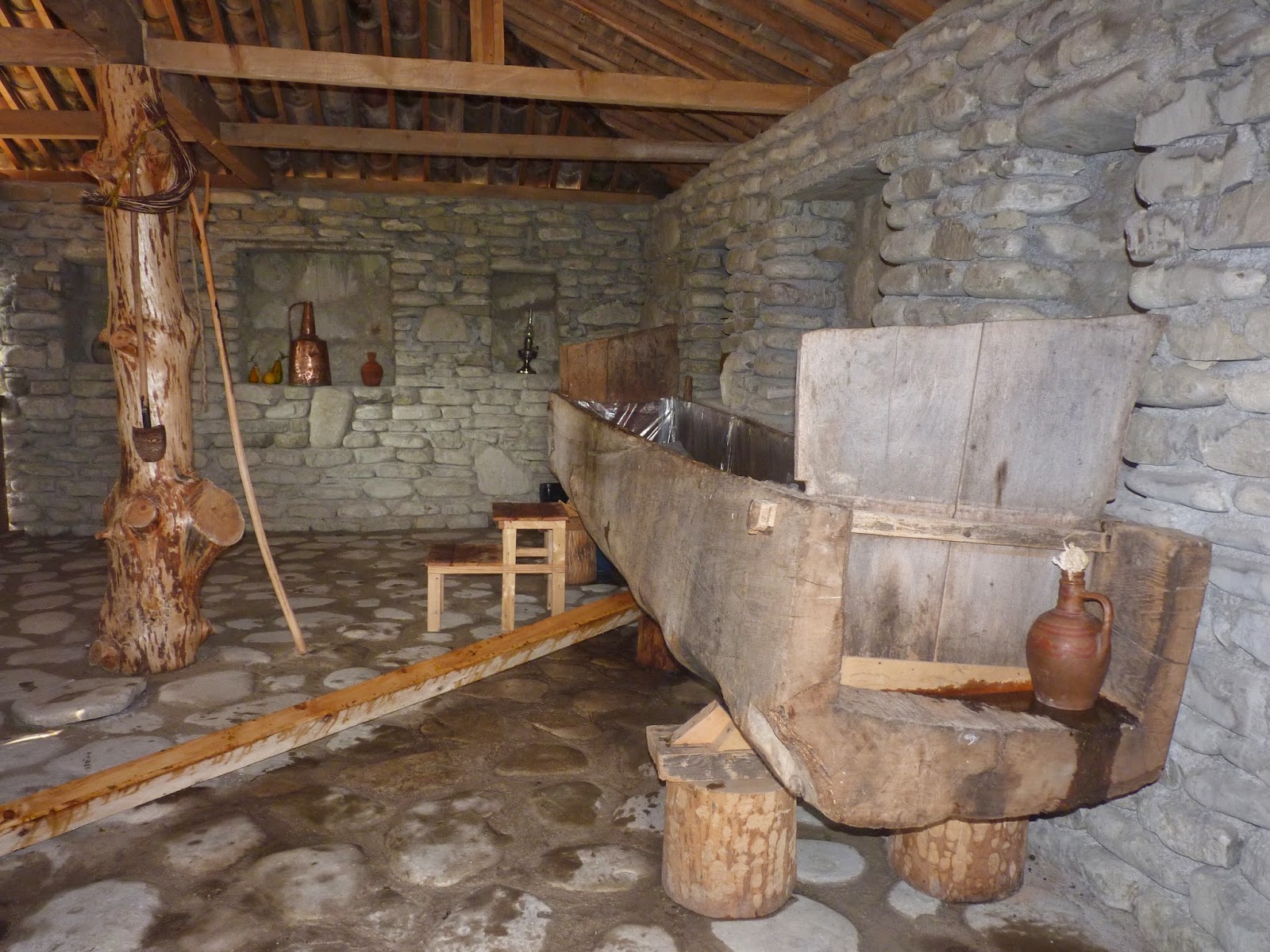
Traditionally made of wood, these have been used for centuries to separate the juice from the pomace.
PUMPKINS & GOURDS
Surprisingly, Georgians eat their pumpkins- Halloween pumpkin carving is something only just beginning to be seen, having been brought here by expats and Hollywood movies. You’ll see them in orange, green and white, and in a variety of sizes and shapes. Gourds come in a choice of sizes. The largest were once carved and used as scoops to clean out the pomace from Qvevris.
WALNUTS
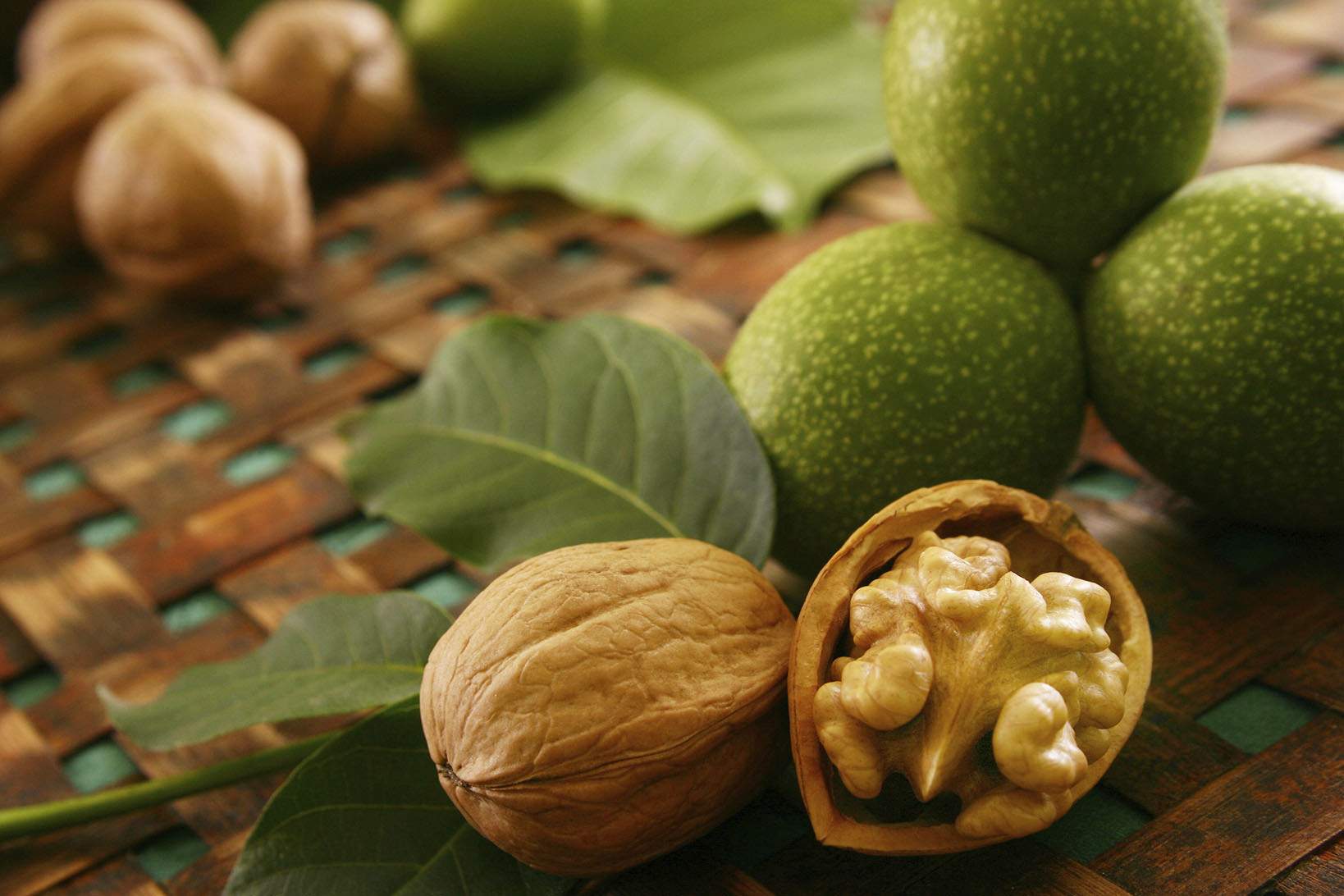
In late September-early October, walnuts countrywide begin to fall (or be blown or shaken) down from their trees. Once collected, the skins are removed and the nuts are left to dry for a week or so before being eaten or stored. Walnuts appear in many Georgian dishes, particularly around New Year’s. The walnut tree leaves are also nice boiled, known for their curative properties.
PERSIMMON (caralioki)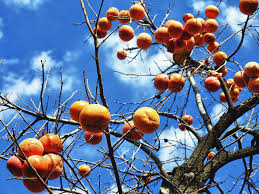
While the leaves are still green, this fruit almost glows fire-bright in the autumn sun. It is eaten fresh, made into jam or hung up to dry as a New Year holiday treat.
CORN
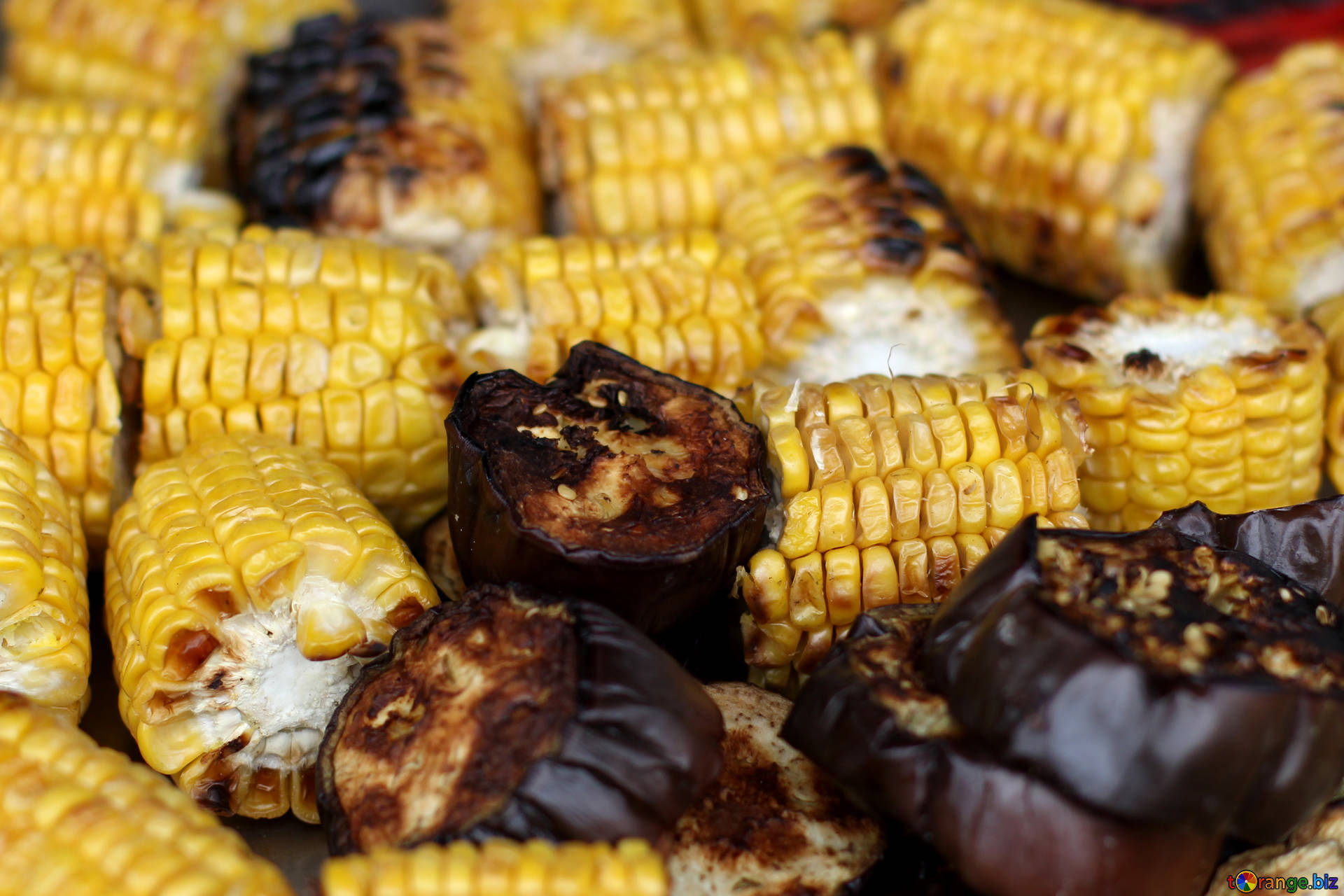
Though harvesting begins in summer- with cries of “Tskheli simindi” [hot corn] heard on every beach by the corn sellers- corn is as much an autumn treat, served boiled, hot and salty, ideal in cooler weather.
By Katie Ruth Davies
